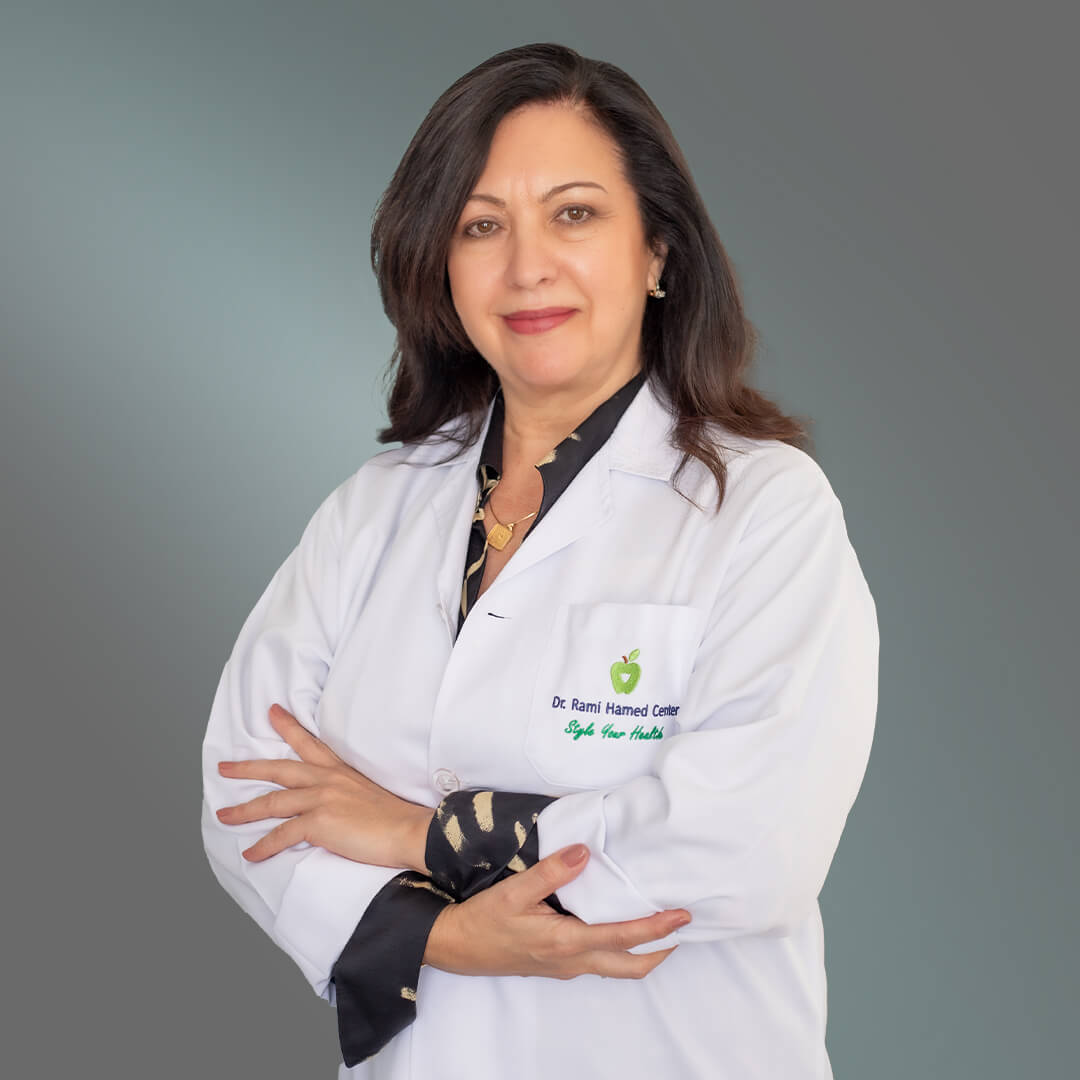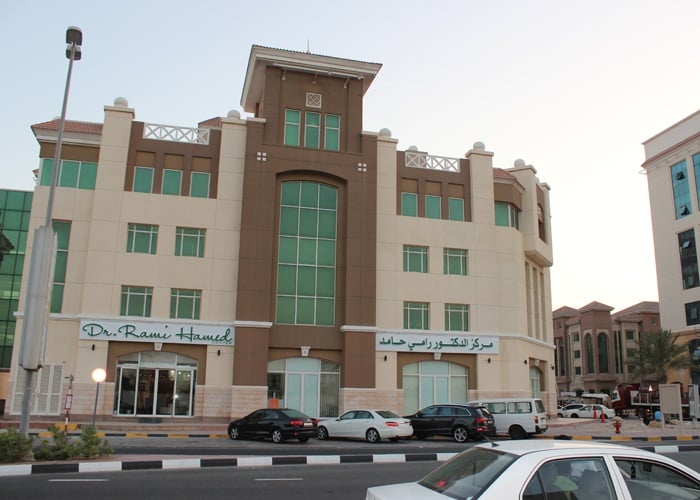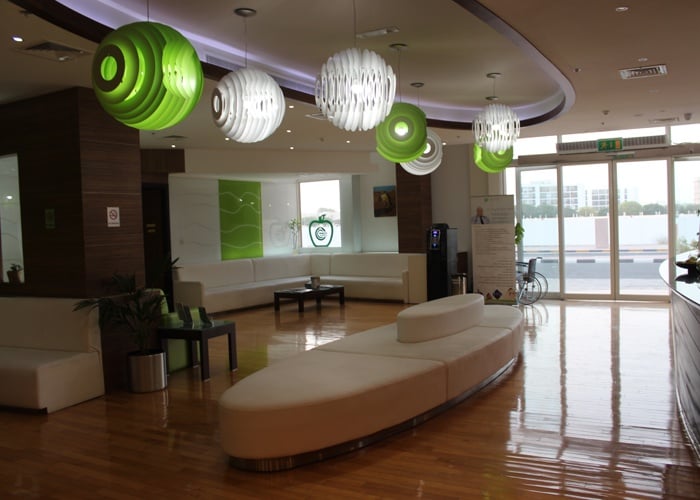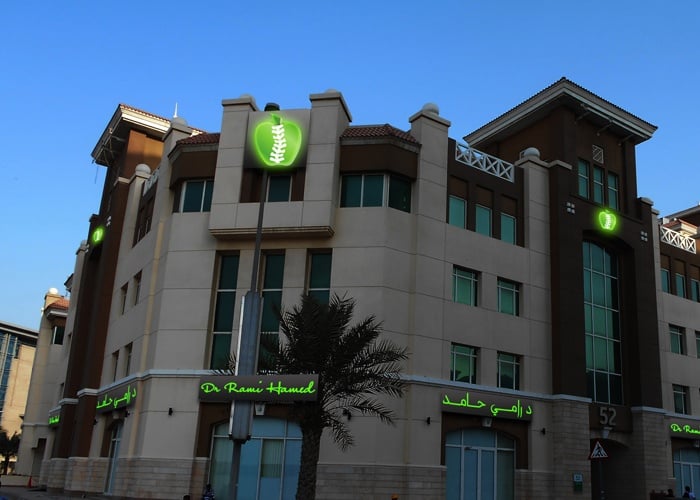Benign Breast Lumps and Conditions - DRHC Dubai Breast Cancer Clinic
Most benign breast lumps and conditions are directly related to your menstrual cycle and due to changes in the hormonal level, causing fluctuations in the breast. That’s why breast self-examination should be at the same time of the month. Other benign breast lumps could be related to plugged milk ducts, infections, or even breast trauma.
Women who have never had children and those who have a history of irregular menstrual cycles are more prone to develop benign breast diseases.
The most common benign breast conditions are:
Fibrocystic disease: A granular, felt-like breast lumpiness. These lumps are the most common benign breast condition affecting about 50% of all women. Symptoms of fibrocystic change include tender, fibrous, or a round, fluid-filled cyst. These changes related to hormone fluctuation may appear in middle age and regress with menopause. Treatment may require some hormonal medication or your surgeon may ask for a needle biopsy to be sure that it is fibrocystic disease, not cancer
Cysts are a kind of fibrocystic change. Cysts are round or oval lumps that commonly affect women between the ages of 35 to 50 years. They are tender to the touch and filled with fluid. They change with your menstrual period, becoming bigger and more tender at the start of your period and reducing at the end of your cycle. An ultrasound or a fine needle aspiration may be needed to make sure it's a cyst and not something else; sometimes, a doctor may use a needle to reduce the fluid inside it.
Fibroadenoma is common in women in their 20s and is more common with the use of contraceptive pills before age 20. This tumor ranges in size from very small to several centimeters. It is mobile under the skin, round, and firm, easily diagnosed by ultrasound scan, mammography, FNA, or biopsy by removal of the lump
Fat Necrosis This occurs due to trauma to the fatty breast, resulting in the formation of round, tender, firm lumps. It's more common in obese women with large breasts. Bruises of breast skin may be found at an early stage. Your doctor will follow the lump through several menstrual cycles and may need to remove it surgically.
Nipple Discharge. This is common with or without the presence of a breast lump. The color of nipple discharge is related to the nature of fibrocystic disease; it varies from yellow to green. A clear to milky discharge reflects a hormonal disturbance. Green discharge is usually related to duct ectasia; bloody discharge is worrisome as it could mean cancer. Your doctor needs to study the fluid under a microscope “for cytological examination”, especially if there is a breast lump that may require an excision biopsy.
Mastitis is an infection of the milk ducts, causing a lumpy, red, and warm breast accompanied by fever. It occurs most commonly in women who are breastfeeding, but can also occur in non-breastfeeding women. Treatment by warm compresses and antibiotics. Your doctor may do a biopsy. If they occur in a non-breastfeeding woman or if the condition does not resolve with medical treatment.
Other Less Common Conditions
- Lipoma, which is a benign fatty tumor that occurs in breast fatty tissue
- Adenosis, which causes enlarged lobules
- Hyperplasia is an overgrowth of cells in the breast ducts or lobules.
- Intraductal papilloma is a wart-like growth of gland tissue that grows in the duct.
Can benign breast conditions increase the risk of breast cancer?
Generally, Benign breast conditions and lumps are not breast cancer. However, some types with abnormal cells (hyperplasia) increase the risk of developing breast cancer. That is why FNAC and biopsy with histopathological examination are important to be sure of the diagnosis
.png?width=281&height=59&name=bookanappointment%20(1).png)
The breast clinic at Dr. Rami Hamed Center provides better options for the diagnosis of breast cancer, breast cancer treatment, and breast ultrasound. To book your appointment, please call +97142798200 today!




.png?width=281&height=59&name=bookanappointment%20(1).png)

.webp?width=1080&height=1080&name=Doctor%20background%20For%20Website%20Dr.%20Fadi%20Nageeb%2009%20(1).webp)
.webp?width=1080&height=1080&name=Doctor%20background%20For%20Website%20Dr%20Abdul%20Majeed%20Khalid%20%2002%20(1).webp)



